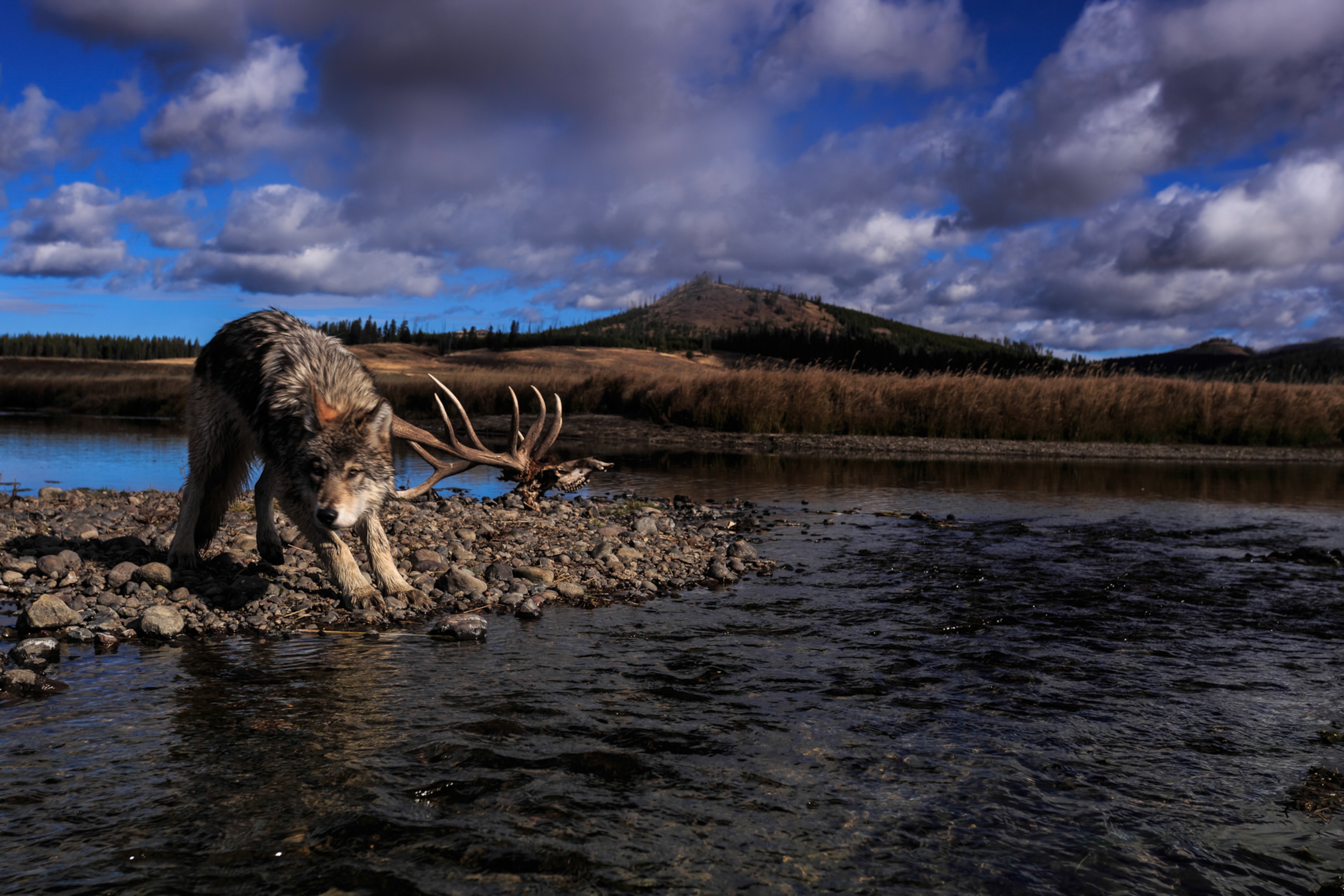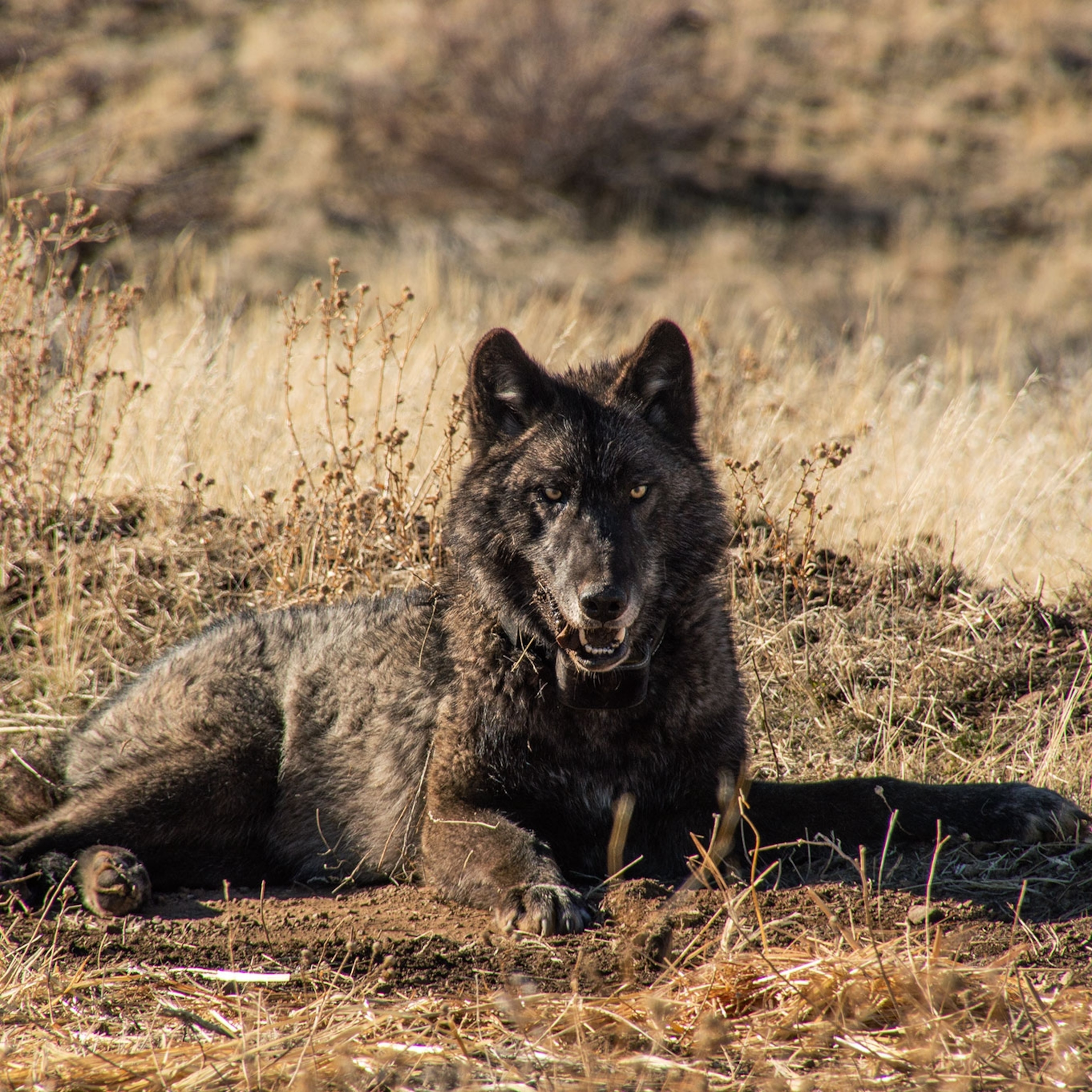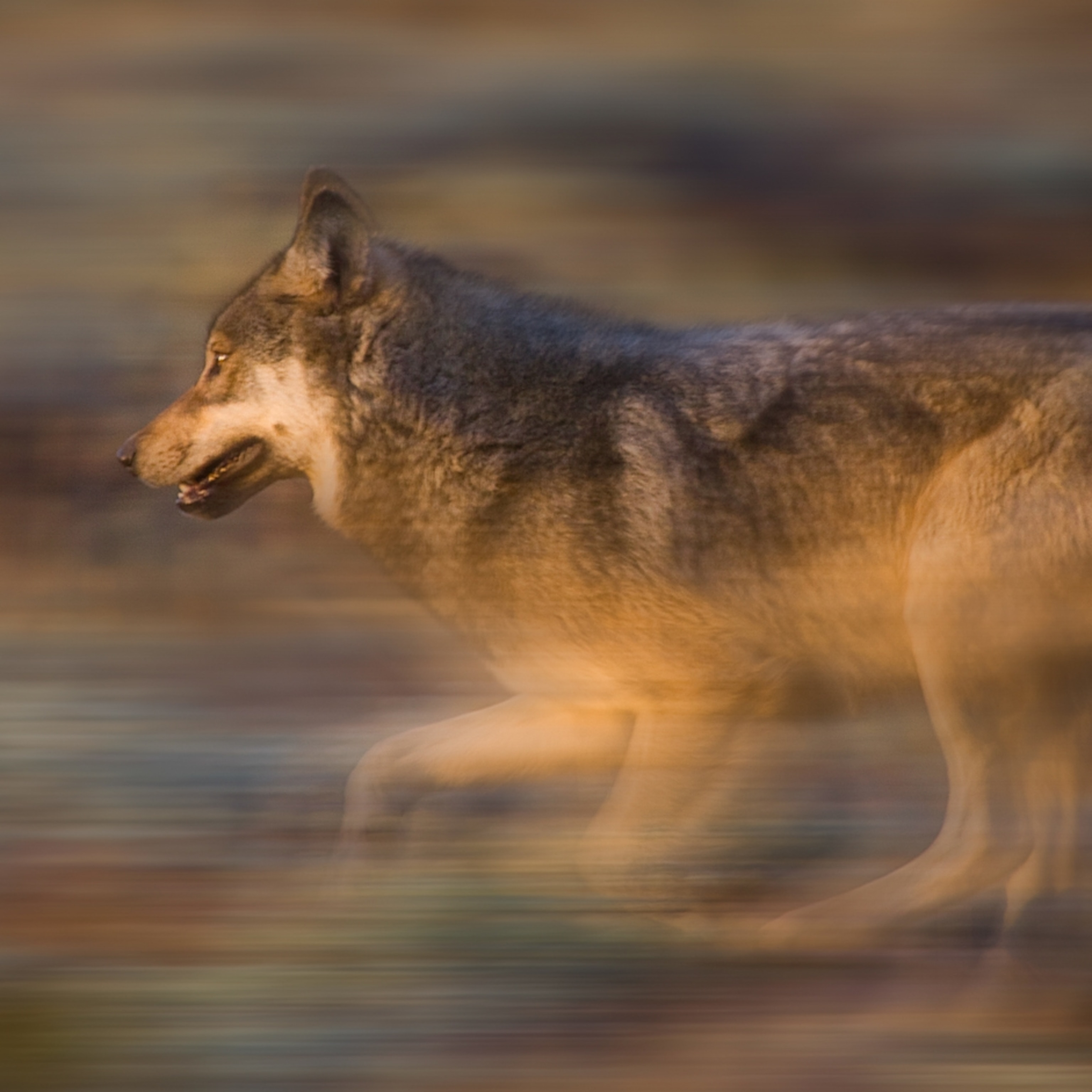Gray wolves are no longer an endangered species in the continental United States, the U.S. Fish and Wildlife Service announced today, likely setting off a flurry of lawsuits by wolf advocates who believe the decision is premature.
When the agency began the process to remove the species from the Endangered Species List in March 2019, they said that the gray wolf population—which stands at around 6,000 animals in the lower 48—is “stable and healthy throughout its current range.”
“After more than 45 years as a listed species, the gray wolf has exceeded all conservation goals for recovery," David Bernhardt, secretary of the Department of the Interior, said in a Thursday news release. "Today’s announcement simply reflects the determination that this species is neither a threatened nor endangered species based on the specific factors Congress has laid out in the law."
The decision does not affect Mexican gray wolves and red wolves, related lineages that are both still listed and exist in extremely small populations in the wild.
Conservation groups argue it's too early to remove wolves from the list, as populations are still reclaiming much of their former habitat. Not only that, but returning wolf management to the state level without a cohesive national strategy to conserve the species is harmful, says Kristen Boyles, an attorney for the environmental law firm Earthjustice, which plans to take the decision to court.
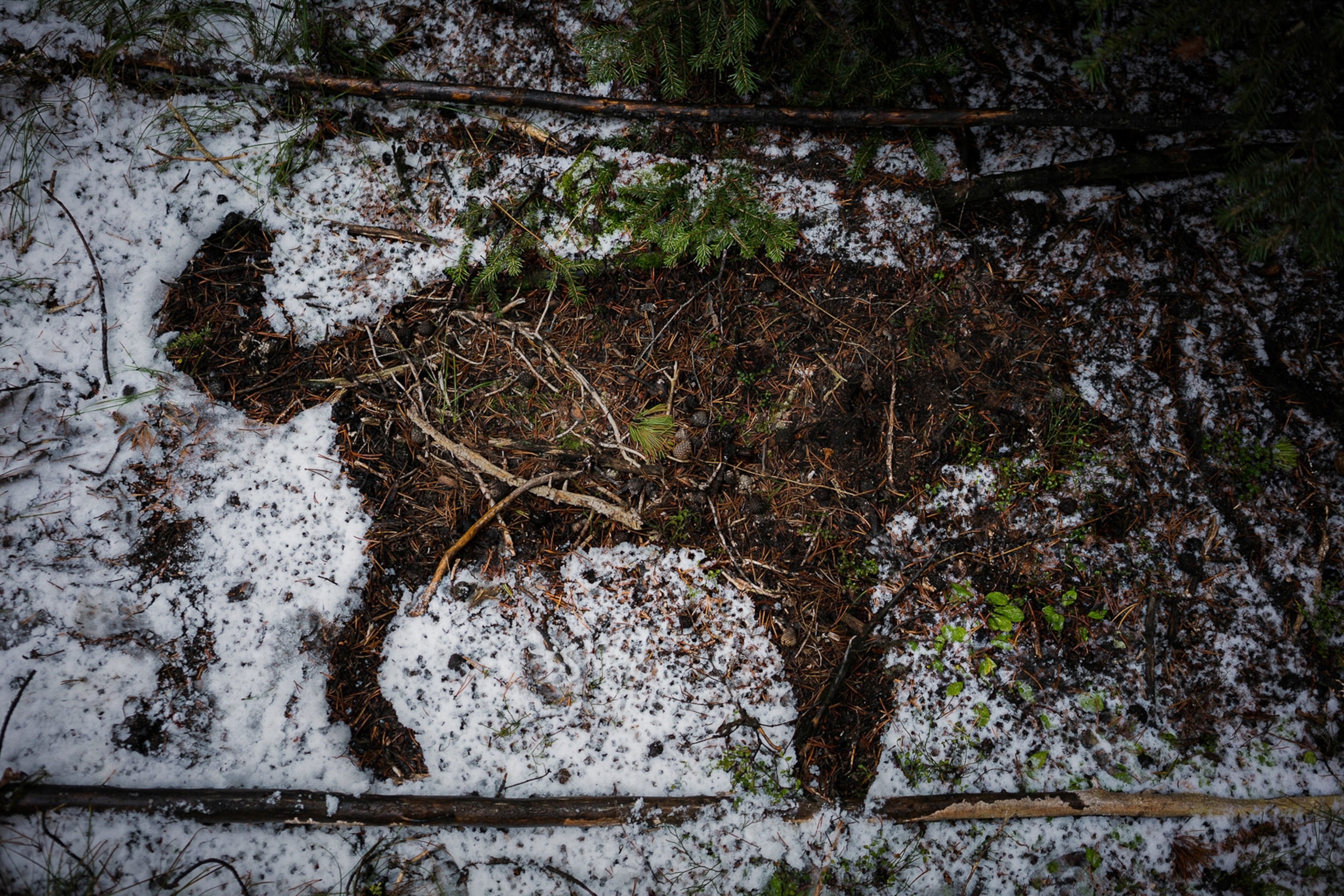
“If the goal is to have wolves back where they were before we killed them in the turn of the century, that’s not something you will have without a federal recovery plan,” she says. “And you won’t have a federal recovery plan without federal protections.” (See 12 of our favorite wolf pictures.)
According to the Endangered Species Act, a species should be listed if it is threatened or endangered in “all or a significant portion of its range.” Altogether, wolves occupy less than 20 percent of their historic range, which is why conservationists say they’re far from fully restored.
“How can 80 percent of wolf habitat with the species extirpated be insignificant?” says Mike Phillips, a Montana state senator who has been involved in wolf reintroductions for decades.
Room to roam
Gray wolves once roamed across much of North America, from Alaska to Mexico and Maine to California. A nationally coordinated extermination campaign wiped out most of the predators in the continental U.S. by the early 1900s, with only small populations scattered along the Canadian border. In the 1970s, the U.S. listed the gray wolf as endangered.
A successful reintroduction effort in the 1990s increased their numbers throughout the northern Rocky Mountains. That, combined with wolves migrating south from Canada, led to isolated packs in Washington, Oregon, and California. In the Great Lakes region, the canines have slowly expanded on their own, boosted by a remnant population in Minnesota and Canada. Alaska wolves, whose numbers have been stable, have never been protected as a threatened or endangered species.
Few animals in the U.S. draw as much adulation or ire as the gray wolf. Advocates point to wolves’ natural roles in ecosystems, such as their ability to help keep herds of elk and deer in check. Agriculture groups and some hunting organizations decry wolves’ tendency to kill sheep and cows and to feed on valuable game species. (Read why Americans are so divided over saving wolves.)
Much of the modern-day debate centers on where wolves should live. A senior official for the U.S. Fish and Wildlife Service said in a media call on Thursday that a federal listing is not required for wolves to spread to other locations.
That argument rings false to many wolf researchers and conservation groups, such as Defenders of Wildlife, who call out more than 17 million acres of public land in western Colorado as one place where wolves could and, they argue, should be allowed to spread.
“We believe that this move by the FWS will shortstop wolf recovery, particularly when there is plenty of suitable habitat that is unoccupied,” says Jamie Rappaport Clark, president and CEO of Defenders of Wildlife and former director of the U.S. Fish and Wildlife Service.
For instance, a new study published today and based on habitat models shows that wolves could thrive in 17 states, including portions of New England, the Southwest, and the Pacific Northwest.
Colorado reintroduction on the ballot
The question of whether to reintroduce wolves to Colorado, which has been discussed for years, will be voted on next Tuesday. If the initiative passes, wildlife officials would be required to release wolves into western Colorado by the end of 2023. Those packs could ultimately connect with wolves in other regions, such as the northern Rocky Mountains and New Mexico. (See unique pictures of wolves taken in Yellowstone.)
Many conservationists and wolf supporters, such as Phillips, say this move would allow the species to fully bounce back.
“The [wildlife] service is just about done discharging its mandatory duties for Canis lupus, and their case for delisting is much, much stronger if the species is restored in a viable population in western Colorado,” says Phillips.

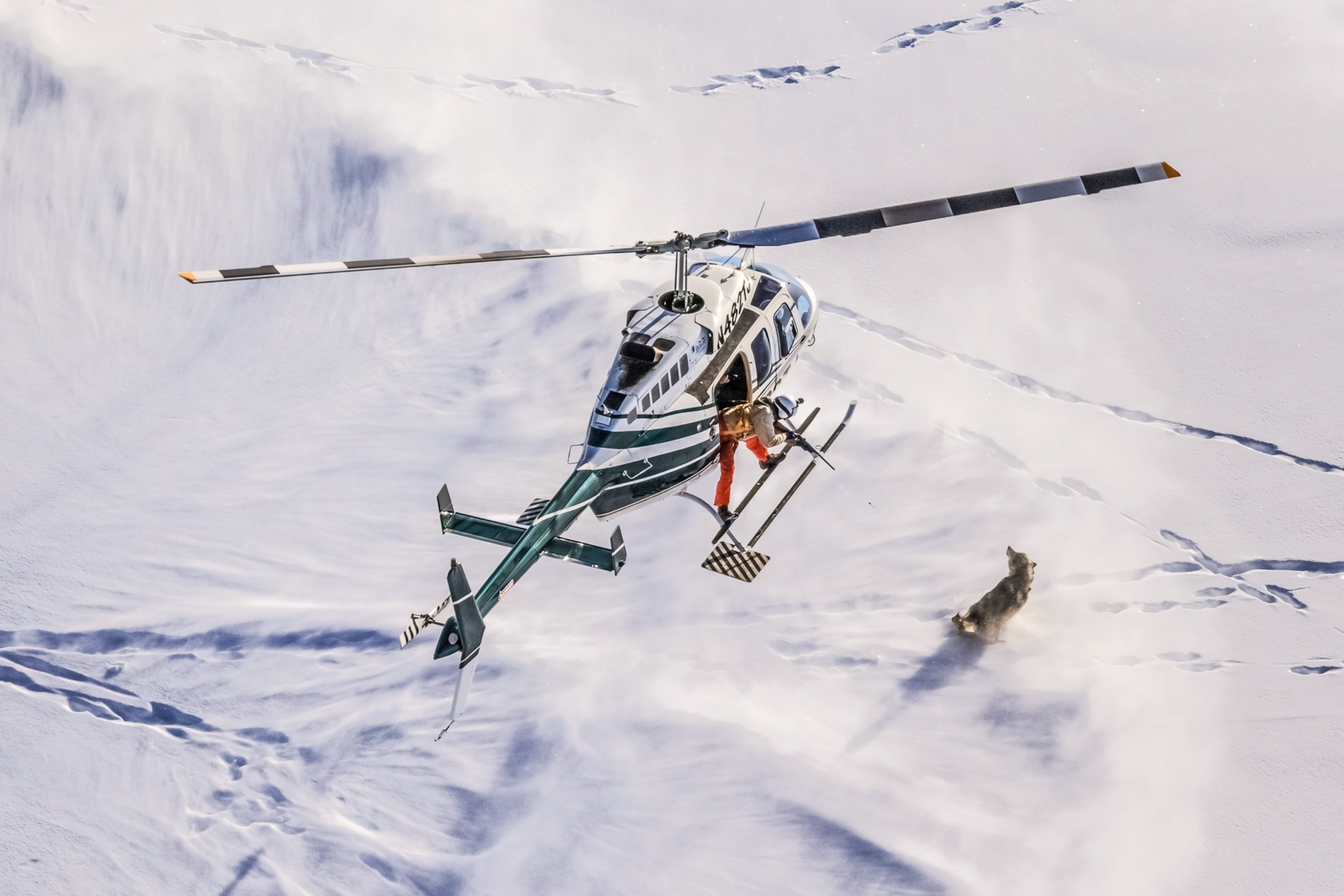
Even without federal protections, the state of Colorado currently considers wolves endangered, as do some other states, including Washington, California, and Nebraska.
"State and tribal wildlife agencies have a long track record of successfully managing wildlife in their states," the U.S. Fish and Wildlife Service official said on the Thursday call, "including deer, elk, wild turkeys, river otters, and many other game and non-game species that had been extirpated and restored to healthy populations."
